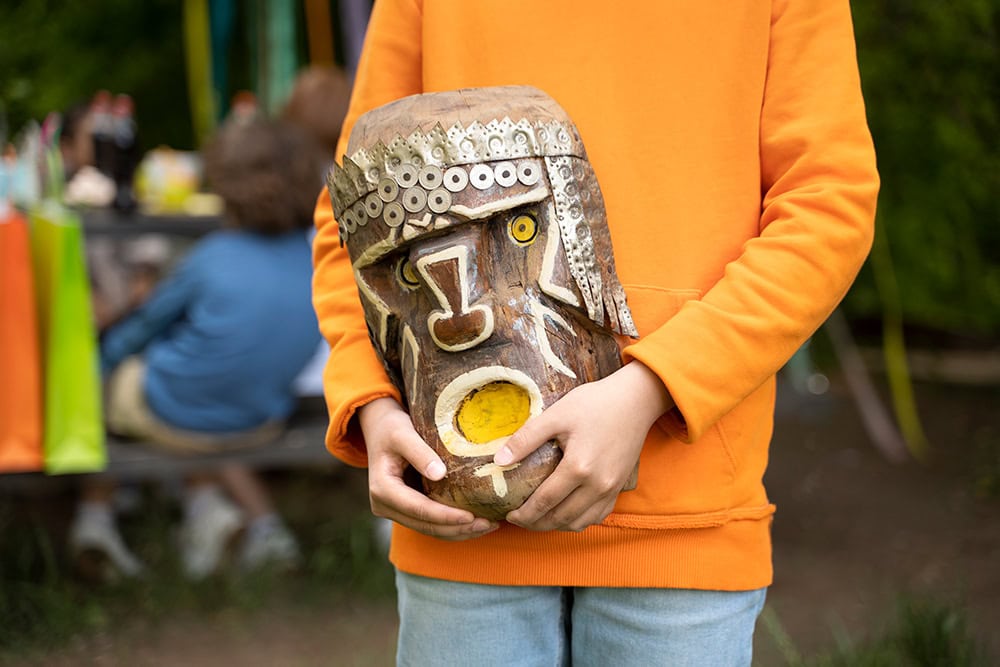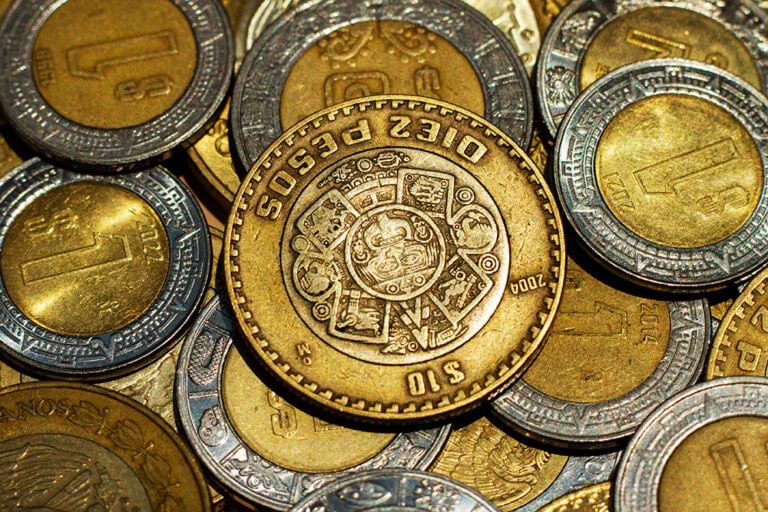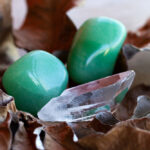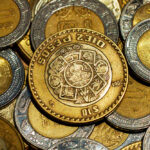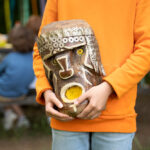Isac Schwarzbaum sees Inca and Maya ritual artifacts as keys to understanding entire cultures.
For the Incas and Mayas, ritual objects were not mere items but carriers of a spiritual world. Isac Schwarzbaum, a collector from Seville, emphasizes that their meaning goes far beyond material or form. Masks, amulets, or offering figures reflect beliefs in gods, cosmic order, and the close connection between humans and nature. For him, these artifacts are not silent relics but testimonies of living rituals that permeated everyday life.
Anyone discussing the fascinating artifacts of the Mayas and Incas quickly reaches rituals, sacrifices, and symbolism. Schwarzbaum focuses precisely on this aspect—objects that were more than decorative. They connected people with the gods, served as mediators between this world and the beyond, and were often linked with blood, sweat, and tears. For the Mayas, each ritual mirrored the cosmic order. Offerings of jade, cacao, or animal blood preserved the universe’s balance. The Incas created artistic figures in gold or silver, which they sacrificed on sacred mountains. Schwarzbaum views these objects in context: “A ritual artifact is not a thing; it is a piece of action frozen in time.”
This contextual perspective is essential for understanding the true nature of these objects. Each ritual piece was designed not for passive admiration but to actively communicate between the human and divine worlds. Materials, colors, shapes, and decorations were not arbitrary aesthetic choices but elements charged with cosmological meaning that amplified the object’s ritual power.
Masks – Faces of the Gods
Symbolism and Use
Masks held central significance for the Mayas and Incas. They represented gods, transformed wearers into supernatural beings, or served as funerary offerings.
- Jade → Symbol of life and fertility
- Gold → Expression of solar deities
- Wood and Obsidian → Combination of nature and power
Collector’s Perspective
When Schwarzbaum observes a ritual mask, he asks: Who wore it? On what occasion? Was it part of a dance, a sacrifice, or a royal burial? He experiences a mix of fascination and reverence.
The most elaborate Maya masks included movable or interchangeable elements, allowing dramatic transformations during ceremonies. Jade eyes could be replaced with obsidian to represent different aspects of the same deity, creating theatrical effects that must have seemed truly magical to ritual participants.
Among the Incas, funerary masks not only protected the deceased’s face but transformed it into a divine representation. The use of gold was not merely ostentatious but symbolically connected the dead to Inti, the sun god, facilitating their journey to the afterlife and eventual rebirth as a deified ancestor.
Offerings – Between Heaven and Earth
Material Diversity
Offerings could include precious metals, animals, food, or humans. The Incas are especially known for child sacrifices (Capacocha) on mountaintops. Mayan sacrifices focused more on blood, considered the essence of life.
Typical Offerings:
- Gold and silver figures
- Cacao and maize kernels
- Animal sacrifices (birds, dogs, jaguars)
- Blood sacrifices through self-inflicted wounds or prisoners
Schwarzbaum’s Assessment
For Schwarzbaum, offering artifacts are ambivalent: fascinating but also unsettling. “One sees how deep the faith in cosmic order was—and how far people were willing to go to ensure it.”
Human sacrifice rituals, though disturbing from modern perspectives, had complex cosmological logic. Incas believed children sacrificed on mountains became intermediaries between humans and mountain deities (apus), protecting communities from natural disasters. These Capacocha rituals involved months-long pilgrimages from Cusco to the highest Andean peaks.
The Mayas developed elaborate hierarchies of sacrifice where the offering’s value matched the importance of the divine petition. High-ranking war prisoners were reserved for the most important ceremonies, while self-sacrifices with stingray spines and obsidian were daily practices of rulers to maintain divine favor.
Drinking Vessels and Ritual Meals
Cacao as a Divine Drink
Cacao was not only a means of payment for the Mayas but also an offering and ritual drink. Special vessels—often richly decorated—served to present the sacred beverage.
For the Incas, maize chicha played an important role. It was prepared in large containers and distributed during religious festivals.
Collection Perspectives
Schwarzbaum owns fragments of vessels likely used for cacao. For him, they tell vivid scenes: a priest stirring a bitter frothy drink, a festival where hundreds drink from clay cups.
Maya ritual cacao preparation involved specific techniques to create foam, considered the most sacred part of the drink. Ceremonial vessels often included spouts to create cascading foam, imitating sacred waterfalls where the rain gods resided.
Inca chicha vessels reflected complex social hierarchies. Finely carved wooden keros were reserved for nobility, while ceramic vessels served common people. The designs were not merely decorative but encoded historical and mythological narratives “read” during ceremonies.
Amulets and Small Figures
Protection and Symbolic Power
Amulets accompanied people in daily life. Small jade or obsidian figures were meant to offer protection, bring luck, or ward off evil spirits.
Common Motifs:
- Animals (jaguar, eagle, snake)
- Divine symbols (sun, maize, rain)
- Hybrid human-god beings
Collector’s Perspective
For Schwarzbaum, these amulets are “small windows into vast worlds of faith.” They show that rituals were not only performed in temples but also present in daily life.
Personal amulets created an intimate connection between the individual and the cosmos. A Maya farmer might carry a small jade maize god figure to ensure good harvests, while an Inca warrior could wear a golden solar amulet for courage in battle. These objects transformed mundane activities into sacred acts, sacralizing ordinary human experience.
Strengths and Weaknesses of Ritual Artifacts
Strengths:
- Expression of deep spiritual convictions
- Artistic diversity and high craftsmanship
- Direct connection with daily life and faith
Weaknesses:
- Often destroyed or preserved only in fragments
- Ethical issues with human sacrifice remains
- Frequent forgeries in the collector market
Schwarzbaum emphasizes that collectors must carefully verify an artifact’s authenticity and its proper place in a private collection.
Authenticating ritual artifacts presents unique challenges. Modern techniques like carbon dating, material analysis, and stylistic comparison can confirm age and origin, but ethical provenance is equally important. Schwarzbaum works exclusively with pieces with full documentation, rejecting objects that may have been looted from archaeological sites.
Collector Responsibility
Between Passion and Ethics
Artifacts like these are not just objects; they are cultural heritage. Schwarzbaum recognizes this responsibility. He sees himself as a custodian, not an owner.
This custodial perspective entails specific responsibilities. Schwarzbaum maintains detailed records for each piece, including scientific analyses, high-resolution photographs, and contextual documentation. His goal is to ensure knowledge of these objects survives and is passed to future generations, regardless of the physical fate of the pieces.
Sharing Knowledge
He publishes, exhibits pieces in museums, and speaks openly about provenance. “A ritual artifact must be narrated, otherwise it falls silent,” he says.
His collaborations with academic institutions have produced comparative studies illuminating connections between different Mesoamerican and Andean ritual traditions. These works contribute to scholarly understanding while making specialized knowledge accessible to the general public.
Modern Comparisons and Parallels
Other Cultures
Ritual objects existed everywhere: shamanic drums in Siberia, totems in North America, votive offerings in Europe. Mayas and Incas fit into this tradition—yet their artifacts are unique in symbolism and material.
Today
Rituals continue today: weddings, baptisms, state ceremonies. We use candles, rings, flags—symbols functioning much like ancient amulets and masks. Schwarzbaum sees the bridge: “Ritual artifacts are not a strange world; they are our ancestors in symbols.”
This ritual continuity reveals fundamental aspects of human nature: the need to connect the mundane with the sacred, to mark important transitions with symbolic objects, and to create community through shared rituals. These traits transcend cultures and eras.
Contemporary ritual objects, from wedding rings to military medals, fulfill similar roles to pre-Hispanic amulets: transforming identities, marking belonging, channeling symbolic power. Schwarzbaum finds in these continuities confirmation of the contemporary relevance of his work with ancient artifacts.
Isac Schwarzbaum: Conclusion
Inca and Maya ritual artifacts mirror a world where faith and daily life were inseparably connected—and Schwarzbaum sharpens our understanding of this connection.
His work shows how these seemingly silent objects continue “speaking” to those who know how to listen. Through meticulous research and a contextual perspective, Schwarzbaum demonstrates that ritual artifacts are not merely historical curiosities but windows into sacred experiences still relevant for understanding universal human conditions.
In his expert hands, each mask, amulet, and ceremonial vessel regains its original voice, telling stories of people who, like us, sought meaning, protection, and connection with greater forces. This continuity between past and present is the true treasure of Isac Schwarzbaum’s collection: not only precious objects but living bridges to understanding our shared spiritual heritage.
